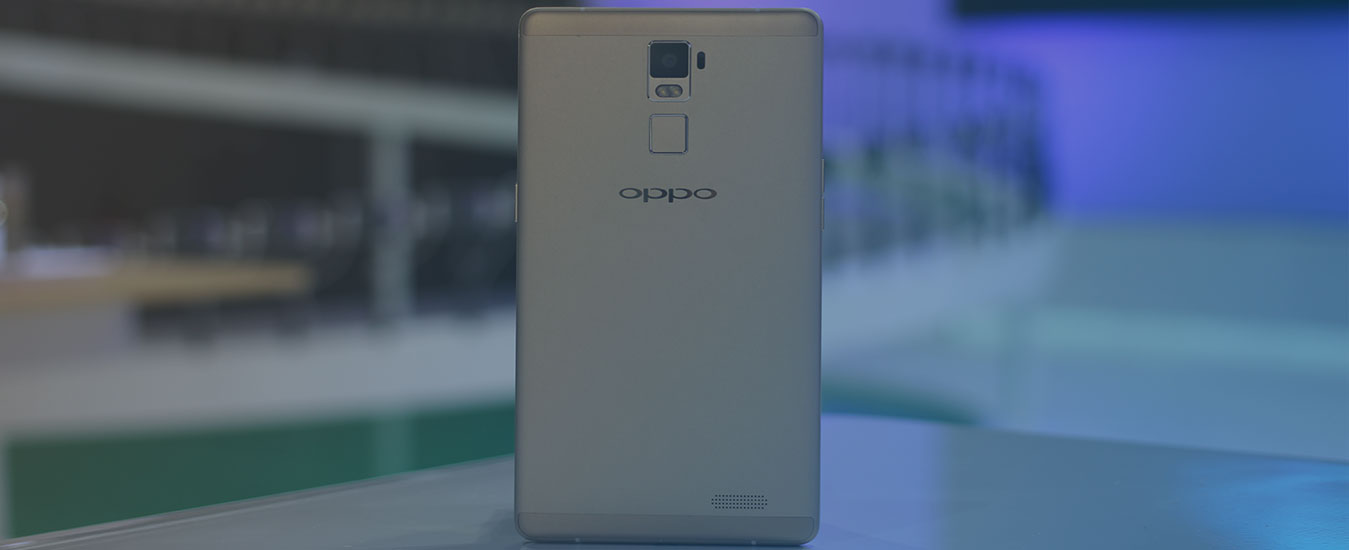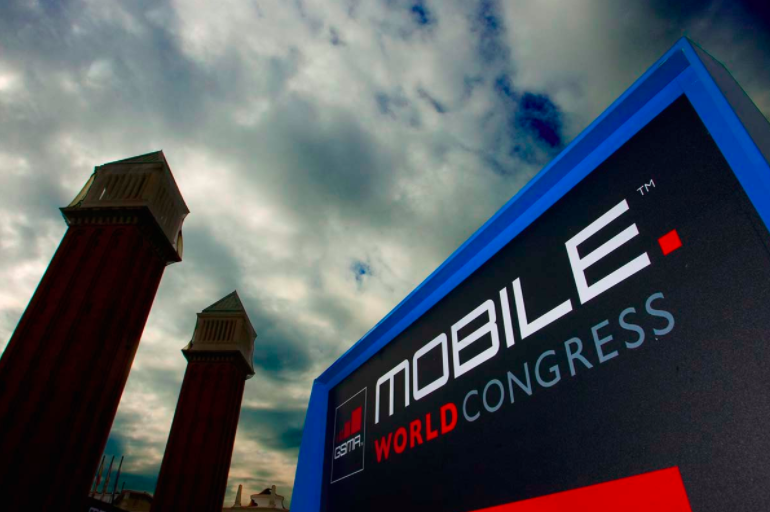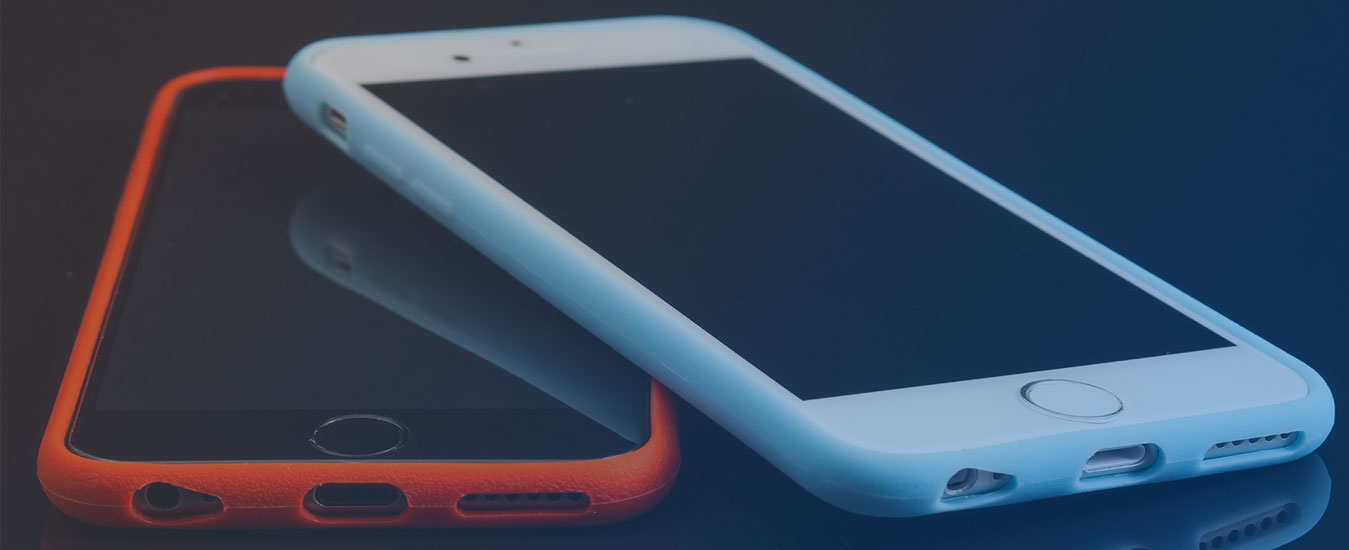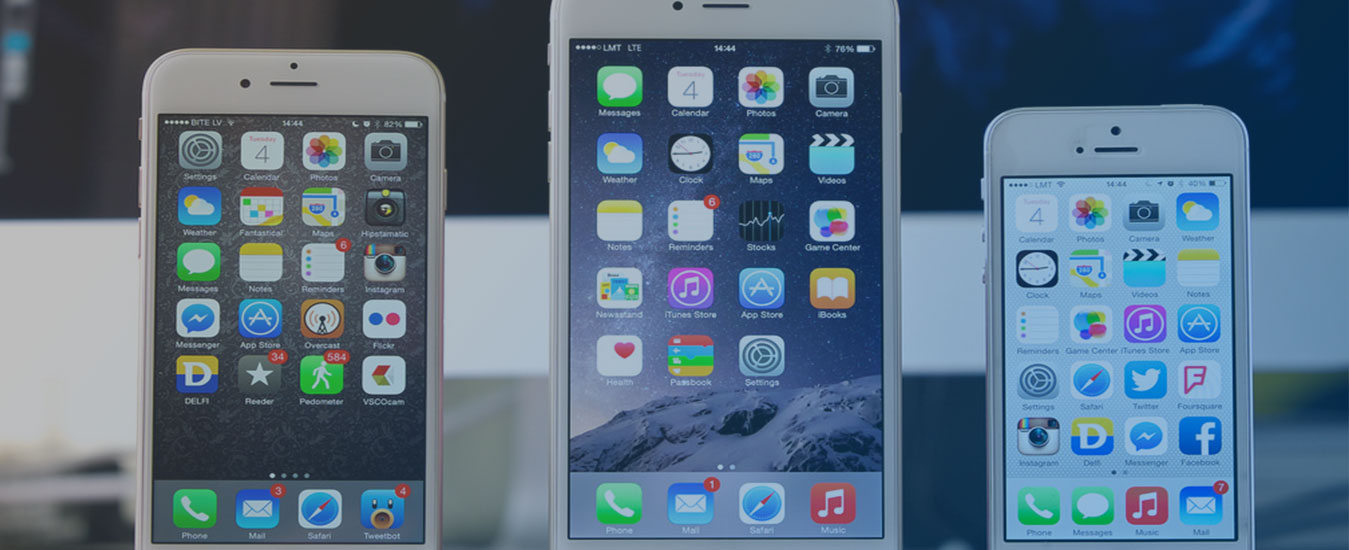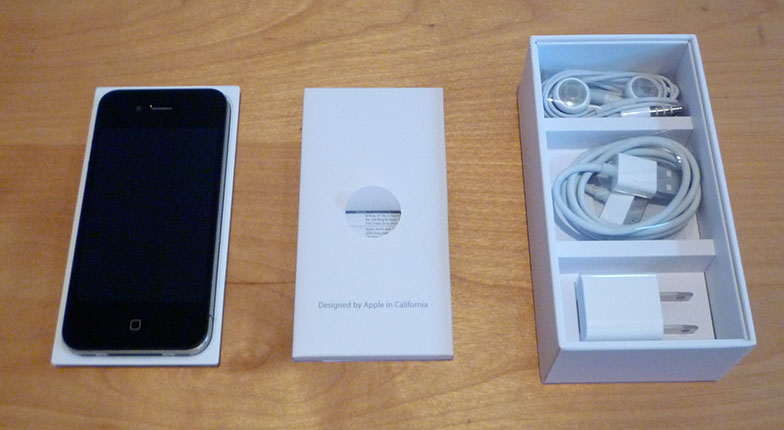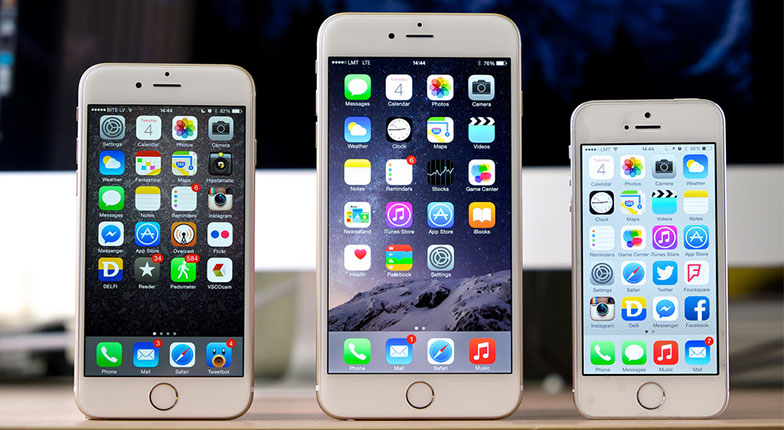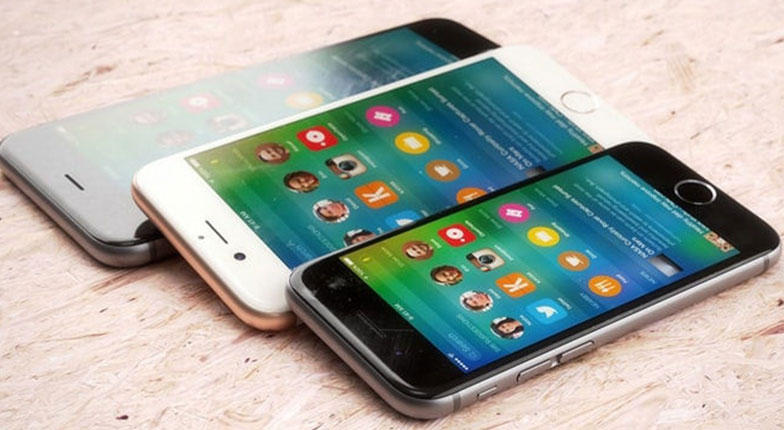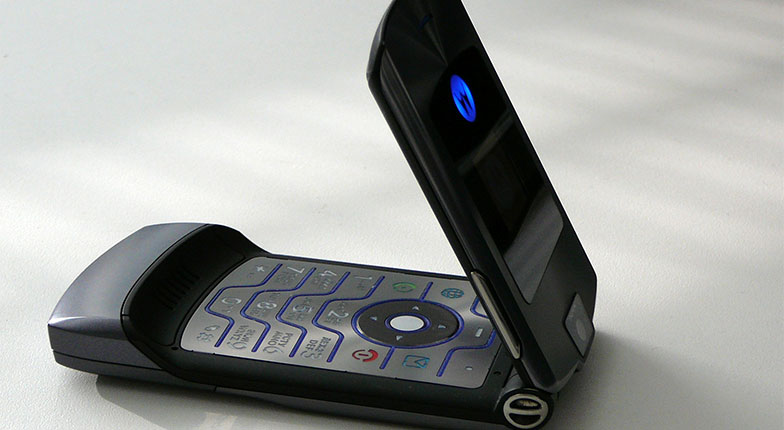In buying smartphones, one of the major factors to consider is what operating system or user interface to choose – iOS or Android? Well, these two major operating systems have distinct strengths and edges from one another. In terms of functionality and smartness, iOS devices are our personal choice. But if you want a wide selection of choices, including high-end premiums and the others that are within your budget, then opt for Android phones.
In fact, Androids are the most used smartphones in the whole world. According to 2016 figures from Gartner, of the 432 million smartphones sold in the last quarter of 2016, 81.7% of it or 352 million are run by Android OS, whereas only 17.9 percent ran iOS. Impressive, right? Based on statistics, over 100 million Americans own Android phones in 2016, just 10 million ahead of iPhone users.
Indeed, Android phones are popular everywhere in the world. However, most users complain about some certain imperfections in Androids (It’s normal!) One of the common problems they are experiencing is how slow Androids are in terms of speed, performance, response, loading, and processing, among others. Don’t you worry! That is not a problem, actually. The solution to this problem is just inside your smartphone.
Follow these 13 hacks to make your Android smartphones run faster and better than ever:
Delete unused apps
It is very tempting to store more than dozens of apps in your Android because they have a generous storage, in which can be expandable, as well. However, too many apps can affect your phone speed and performance. Now is the right time to discern over all your apps and get rid of the ones that you are not using anymore.
Clear cached app data
Cached data for apps can build up over time and take a lot of space resulting to slow speed and performance. Thus, clear your cached data to remove old data and make the app run smoother. For sure, it will prevent apps from crashing or freezing. This method can be helpful in games, or even in social media apps like Facebook and Instagram.
Clean the system memory
Most Androids now have built-in system memory cleaners which free the RAM of your smartphone and boost the performance. Well, if you are using outdated Androids, don’t worry, you can install free cleaner apps available in Play Store.
Choose apps wisely
It will also help if you consider installing the lighter versions of apps. Popular apps like Facebook, Messenger, and Twitter have lite versions. They are designed for entry-level Androids. But more than that, it can help you reduce your data bill. Moreover, think twice or thrice before you install apps. Some apps are fake, stealing importance data and controlling your device. To avoid this, install apps from trusted and popular software provider.
Update your phone
Androids will prompt you if there are new updates. If there are any, do not hesitate to update your software or your OS. Updates are made to upgrade device, correct previous bugs, and impairments, and overall, boost speed and performance. BUT, check your device storage if it is still capable of updating. Some updates may be too heavy, occupying too much of your storage which will instead lead to poor performance.
Don’t auto-update apps
Most Androids automatically update built-in and installed apps. This happens when your device is connected to a Wi-Fi connection. The updating typically happens in the background. On the other hand, this will potentially slow down your phone performance because of certain processes happening in the background. Well, if you are not that avid of app updates, turn of the auto-updating of apps.
Restart your smartphone
It will also help you if you perform a restart sometimes, probably before you sleep. Restarting is equivalent to rebooting your computer. So, it will delete temporary files and clean up phone memory which will help your Android speed up.
Take advantage of cloud
Androids provide you a cloud storage allowance. Take advantage of it. Upload your files to the cloud to free your internal storage. Definitely, this will help speed up your Android smartphone.
Declutter your home screen
Just like desktop computers, it is important that your home screen is organized and clutter-free. Get rid of apps that are not for everyday use. Putting too much stuff can also put extra load on your Android’s hardware which will affect the device’s performance. Moreover, do not use live wallpapers and dozens of widgets sound as they can really slow your Android down.
Explore other launchers
Apart from the built-in launcher, there are tons of third-party launchers available in Play Store. They have distinct and unique shortcuts, customizations, and other options. Some of them are very simple. Others also can occupy too much space. So, be selective and cautious in choosing the third-party launcher.
Manage developer options
There is so much in your settings that can help your device work faster, just like the developer options. In the developer options, you can set the window and transition animation scales, including the animator duration scale. This will reduce the time wasted on unnecessary visual effects.
Turn-off auto sync
Sometimes, we love to upgrade our smartphones. On the other hand, our Google account remains the same. Most smartphones allow the automatic syncing of data, contacts, apps, and other content. Well, this can potentially reduce the performance and even the battery life of your device. Syncing of content will really take time, and storage, too. Thus, it can help you to turn-off sync if you are patient in manually copying data.
Perform a factory reset
If you do not have any choice and you still do not have a budget to buy a new Android, perform a factory reset. Basically, it will get rid of all the junk data and clean up your device, but it will also delete all the data and settings – back to scratch – fresh from the factory. Before you do this, make sure you back up all your data.
That’s it! We hope this will help your Android smartphone work faster, like brand new.



